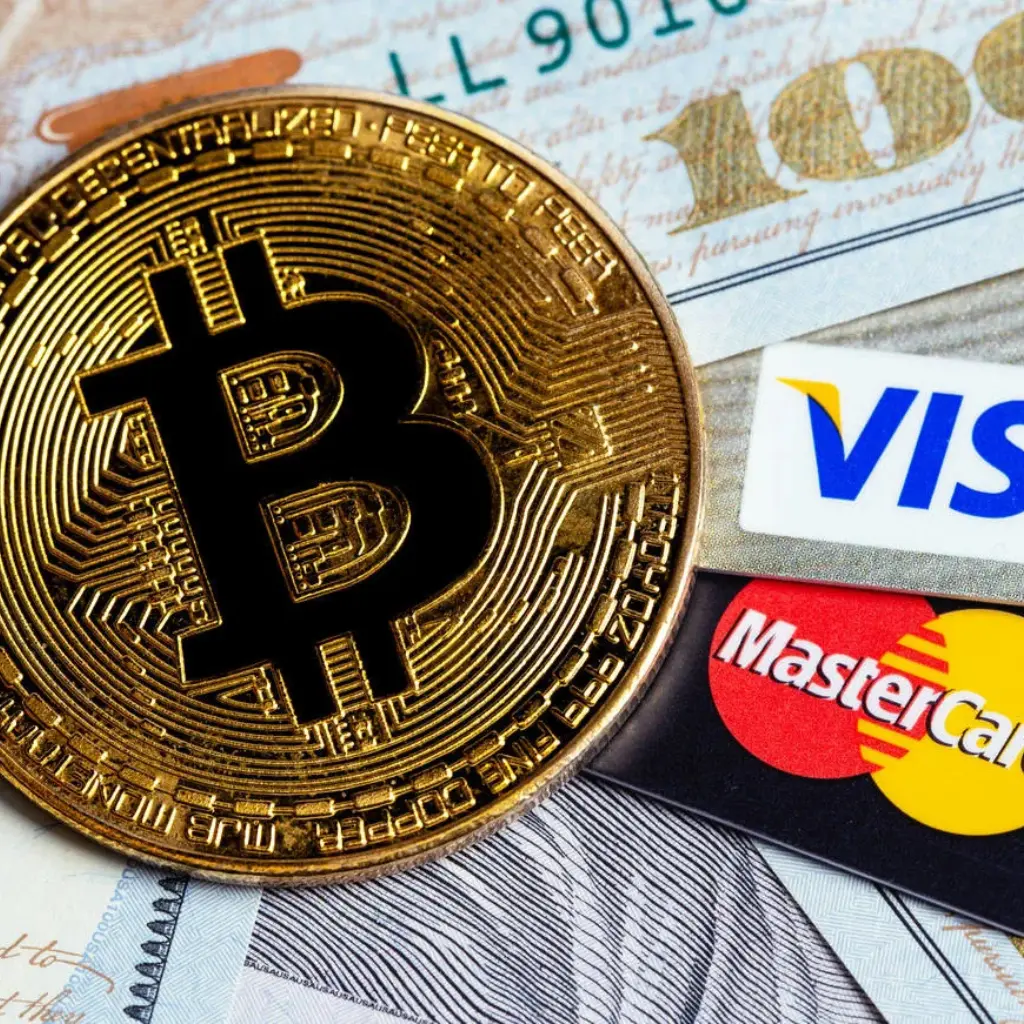As financial technology continues to evolve, a key debate has emerged in the world of payments: crypto vs traditional credit card. While credit cards have long dominated both online and offline transactions, the rapid rise of cryptocurrency as a payment method is starting to challenge the status quo.
According to recent data from Statista, global cryptocurrency adoption is on the rise, with over 400 million users worldwide as of early 2025. This growth raises a pertinent question — are crypto payments becoming a viable alternative to credit cards, or are they simply a niche trend?

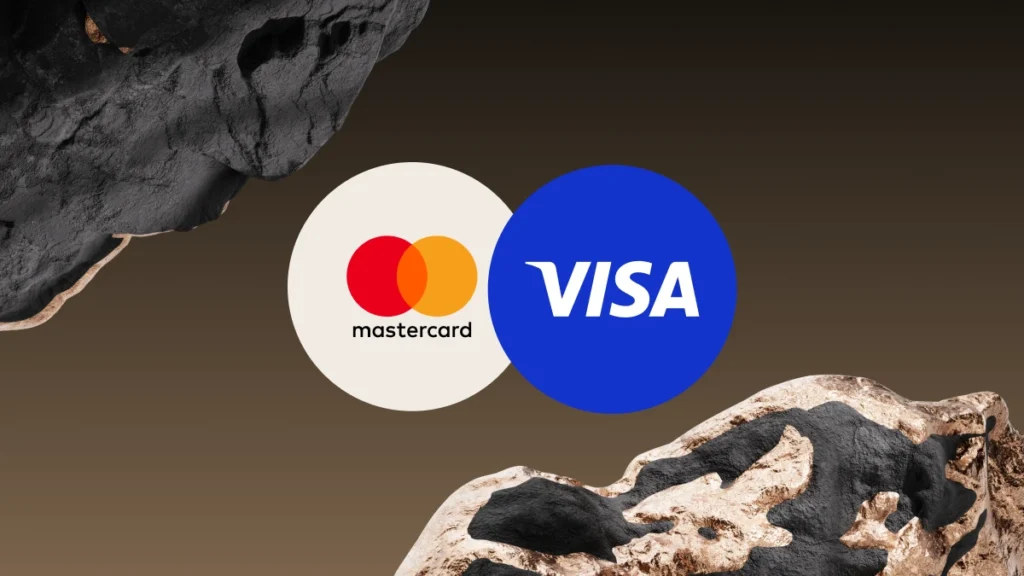
Speed, Cost, and Transaction Control
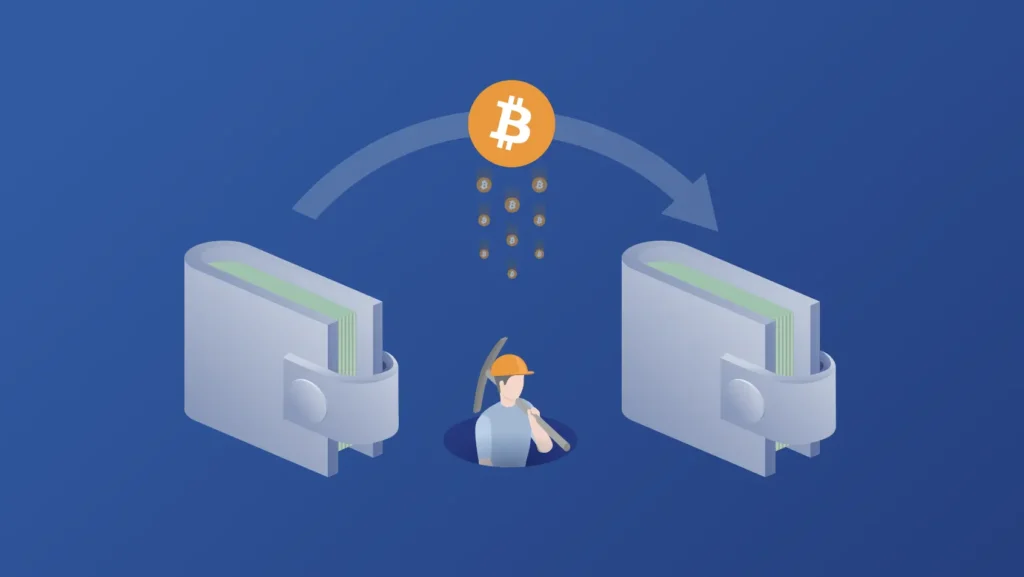
At face value, credit cards remain incredibly convenient. Major networks such as Visa, Mastercard, and American Express enable fast, seamless transactions. However, experts note that while these payments appear instant, the backend settlement process often takes 2–3 days.
Cryptocurrency, on the other hand, offers varying speeds depending on the network. “Some blockchains like Solana or Layer-2 Ethereum solutions process payments in seconds,” says Alicia Wong, a blockchain researcher at TechPay Institute. “But others, like Bitcoin during high traffic, may take longer and cost more in fees.”
Speaking of fees, credit card processing charges typically fall between 2–3% for merchants. These costs are often passed indirectly to consumers. International usage may also incur additional foreign exchange charges.
Crypto payments aim to eliminate intermediaries. Transactions often involve lower or no fees — although network congestion can lead to unpredictable gas prices. “You don’t have to deal with banks or conversion rates,” Wong adds. “But you do need to know what you’re doing.”
Familiarity vs Innovation

The crypto vs traditional credit card debate also touches on user experience and trust. For many consumers, credit cards are familiar, widely accepted, and offer built-in fraud protection.
“Most people still trust credit cards because they offer safety nets,” explains Mark Henderson, a consumer finance advisor based in London. “If there’s an unauthorized charge, you can dispute it. That kind of protection doesn’t exist with crypto.”
Cryptocurrency, while gaining traction, can be intimidating to newcomers. Managing private keys, selecting the right wallet, and understanding blockchain mechanics requires a learning curve. However, newer platforms and apps are attempting to simplify the process.
Privacy and Data Tracking
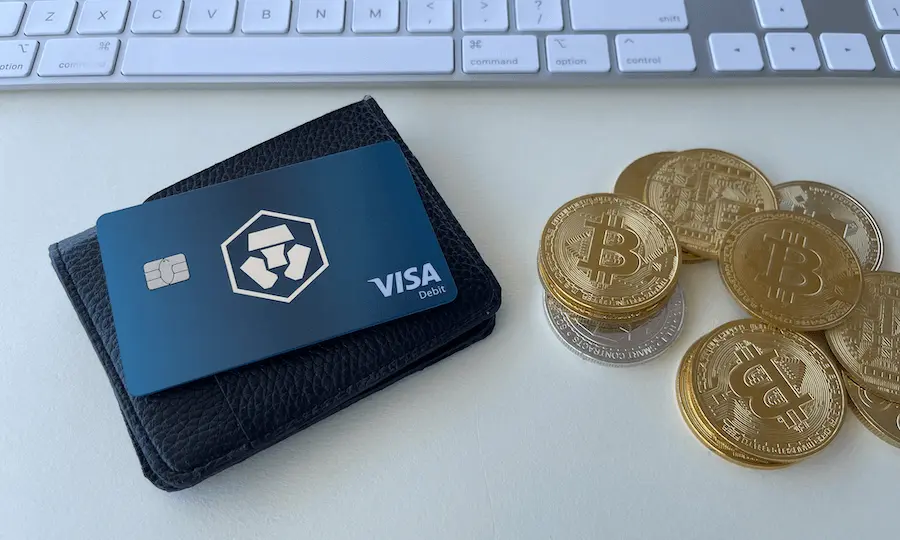
Another key differentiator in the crypto vs traditional credit card comparison is privacy.
Credit card transactions are logged, analyzed, and often shared with third parties for marketing purposes. “Every purchase you make is data,” Henderson says. “That data has value — not always to you.”
In contrast, crypto offers greater privacy. While blockchain transactions are public, they are pseudonymous. Some coins, like Monero or Zcash, even offer enhanced anonymity. However, with tightening regulations and Know Your Customer (KYC) requirements, anonymity in crypto is gradually decreasing.
Global Acceptance and Regulation
When it comes to everyday usability, credit cards still maintain an edge. They are accepted in virtually every corner of the world. Crypto payments, meanwhile, are not yet universally supported — although that’s changing.
Companies like PayPal, Shopify, and even Visa have begun integrating crypto payment options. El Salvador and the Central African Republic have declared Bitcoin as legal tender, setting global precedents. Meanwhile, regulatory frameworks are evolving rapidly in Europe, Asia, and North America to accommodate — and control — crypto payment ecosystems.
Verdict: It’s Not One or the Other
So, which payment method comes out on top?
“It’s not about one replacing the other,” says Wong. “It’s about giving people options. Crypto is growing up, and credit cards are evolving too — especially with digital wallets and tokenization.”
The crypto vs traditional credit card question may not have a definitive winner — at least, not yet. For now, both systems coexist, catering to different user needs and financial philosophies.
Consumers are advised to assess their personal priorities: Is it security? Privacy? Speed? Global use?
For many, the best approach might be hybrid — using crypto where supported and credit cards for everything else.
Final Thoughts

As the financial landscape continues to shift, the lines between traditional and digital payments may continue to blur. Whether you’re a tech-savvy crypto user or a loyal credit card holder, one thing is clear — the way we pay is undergoing a historic transformation.
And in this rapidly changing world, staying informed might just be the most valuable currency of all.
Relevant News : Here

